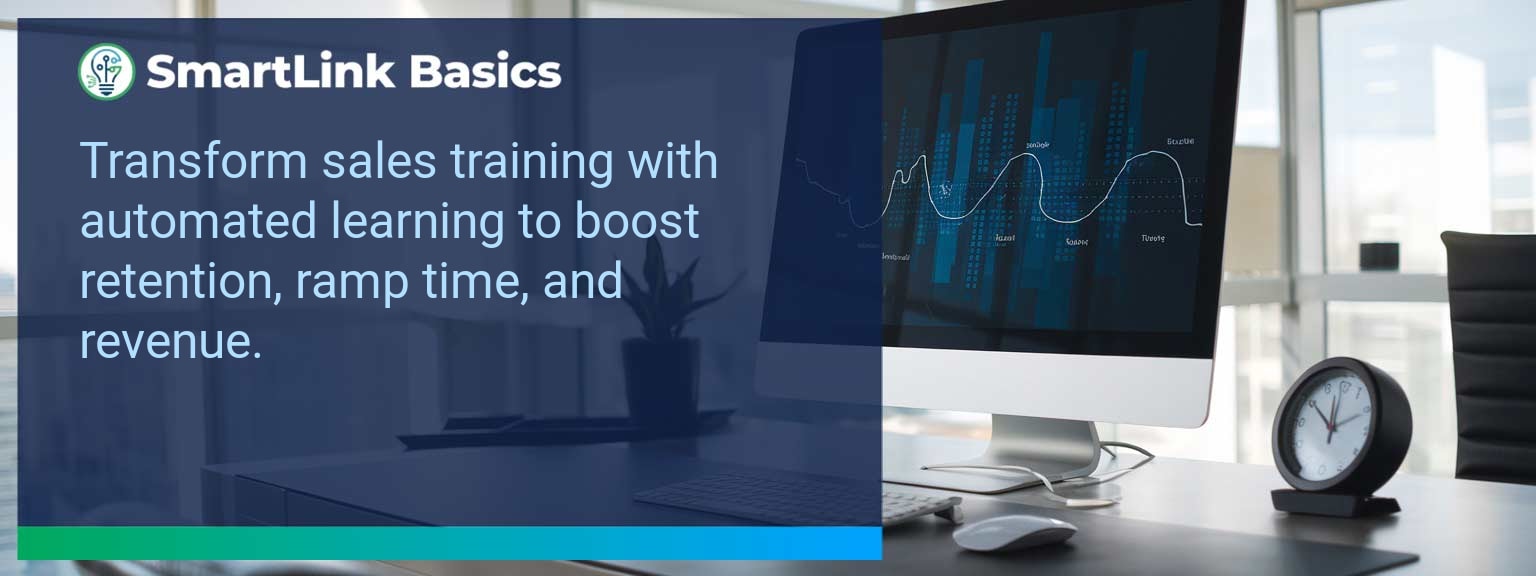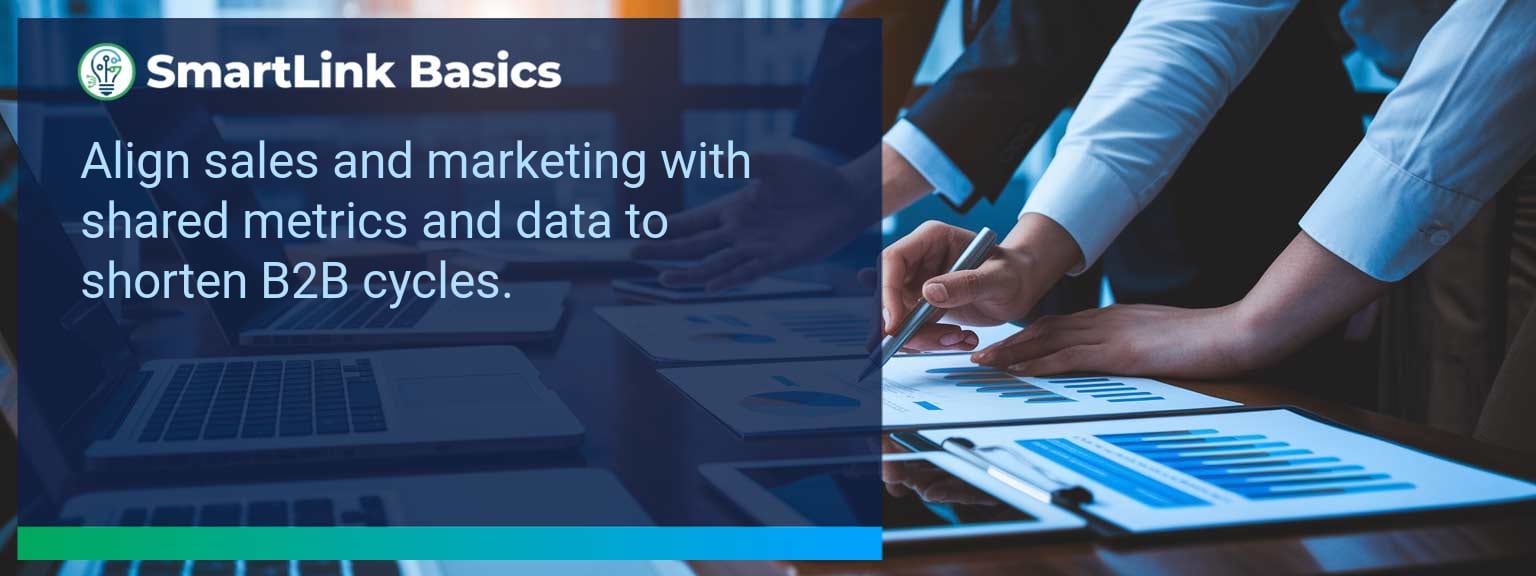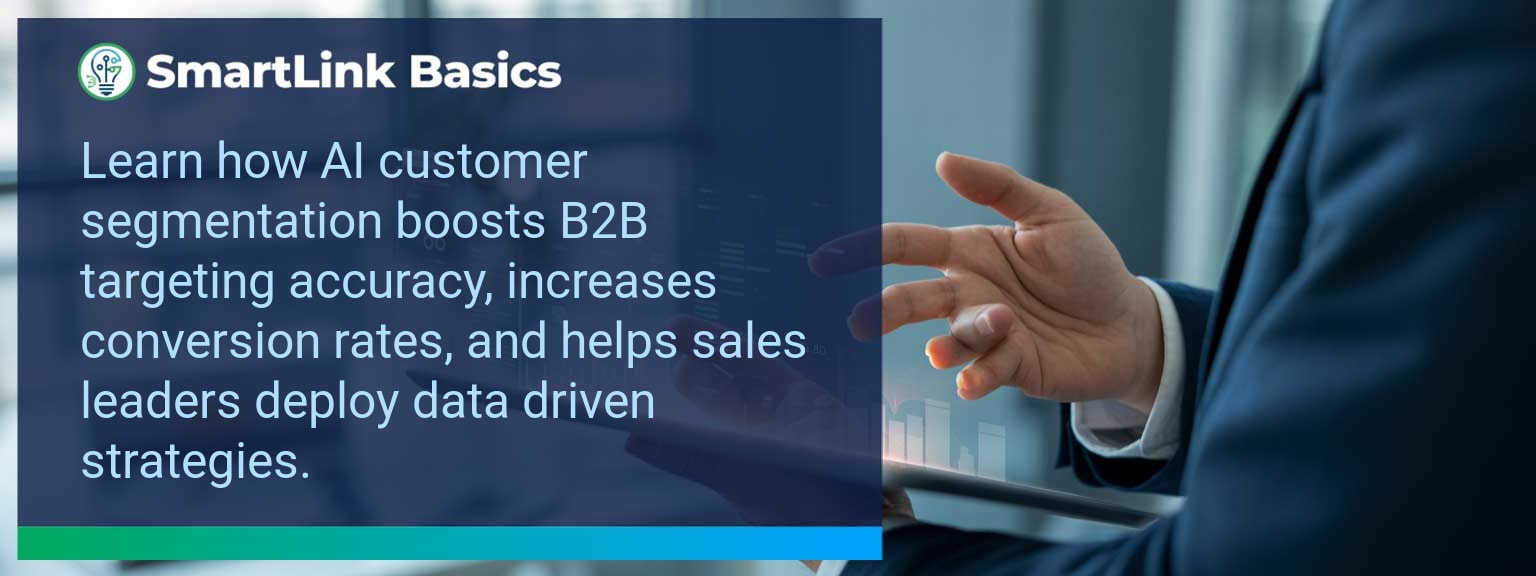Industry data shows that organizations adopting AI-driven automation achieve cost reductions of up to 30% while accelerating sales cycles by 20% or more (McKinsey, 2024). For sales leaders, AI automated workflows now define competitive advantage, enabling teams to reallocate time from repetitive tasks to high-value engagements. At SmartLink Basics, we help decision-makers implement these systems strategically, ensuring they integrate with existing revenue operations. In this article, you’ll see how AI automated workflows power business outcomes, the common obstacles that slow adoption, and practical steps to optimize processes. You’ll walk away with proven examples, a 90-day action blueprint, and measurable KPIs to track results.
- Automate repetitive administrative and CRM updates with AI.
- Integrate machine learning to personalize outreach at scale.
- Streamline approvals, quotes, and contract workflows for speed.
- Use predictive analytics to prioritize sales opportunities.
- Track adoption and performance with targeted metrics.
AI Automated Workflows: What Changed and Why It Matters
AI adoption has shifted from experimental to operational, making automated workflows a standard in high-performing sales organizations. The real advantage lies in combining workflow automation with artificial intelligence workflows to optimize every step of the revenue process. Sales leaders now use AI to synchronize touchpoints, reduce manual inputs, and ensure faster execution. For example, a B2B SaaS leader introduced automated lead enrichment and routing, cutting qualification time by 60%. Actionable insight: Audit processes for time-intensive handoffs and apply AI where repeatability is high.Redesign the Revenue Operating System With AI Automated Workflows
ICP, Segmentation, and Targeting AI-enabled segmentation uses historical wins, firmographic, and behavioral data to dynamically update ICP profiles. This ensures targeting precision without quarterly re-work. Pipeline Architecture Automated workflows push opportunities through the right stages based on engagement signals. AI flags at-risk deals for intervention. Plays and Messaging Integrated automation tools deliver personalized sequences based on buyer activity, increasing relevance at every touchpoint. Operating Cadence AI schedules follow-ups, forecast calls, and account reviews based on actual pipeline movement rather than static calendars. Actionable insight: Implement automation that adapts in real-time to both internal and buyer-driven events.Common Obstacles To Achieving Seamless Automation
The most frequent challenges are fragmented systems, inconsistent data quality, and cultural resistance. Without a unified data layer, automation amplifies errors rather than solving them. Coca-Cola Europacific Partners reported needing a full data governance upgrade before AI could improve sales workflows. Leaders must first assess infrastructure readiness and train teams to trust AI-influenced recommendations. Actionable insight: Before deployment, establish clean data practices and a single source of truth.Implementing AI To Optimize Workflows
Effective deployment of AI process optimization starts with mapping current-state processes, identifying friction points, and matching them with automation tools. For example, automating proposal generation based on CRM opportunity data can reduce turnaround from three days to one hour. Solutions combining business process automation platforms with machine learning integration enable continuous performance improvement. Actionable insight: Pilot in one high-impact stage, measure, and then expand.Tangible Benefits From Automated Processes
The benefits extend beyond time savings — sales leaders gain a scalable system. Tangible outcomes include faster quote-to-close, higher lead conversion, and better forecast accuracy. A manufacturing firm implemented AI-assisted order processing and cut errors by 40%, improving on-time delivery rates. Actionable insight: Track both speed and accuracy to measure workflow automation effectiveness.Metrics That Matter
| Category | Metric | Definition | Target |
|---|---|---|---|
| Leading | Workflow Completion Rate | % of automated sequences executed without manual intervention | 95%+ |
| Leading | AI Suggestion Adoption Rate | % of AI-generated action recommendations executed by reps | 80%+ |
| Lagging | Cycle Time Reduction | Decrease in time from lead entry to closed-won | 20%+ |
| Lagging | Revenue Per Rep | Average sales revenue generated per sales rep per quarter | +15% YoY |
| Quality | Automation Error Rate | % of workflows that trigger incorrect outcomes | <1% |
| Quality | Customer Satisfaction Post-Automation | Average CSAT score after automation implementation | ≥ 4.5/5 |
Innovations And Next Steps For AI Automation
Emerging capabilities like AI-generated playbooks, intent-driven dynamic routing, and integrated AR for virtual product demos are shaping the next wave of sales automation. Companies integrating these tools early will outpace competitors in speed and personalization. Actionable insight: Stay ahead by testing emerging automation features quarterly and aligning them with evolving buyer expectations.Get the 90-day plan, coaching rubric, and dashboard template to operationalize AI in your enablement program.
Turning AI Automation Into a Revenue Multiplier
AI automated workflows are now a strategic lever for predictable, scalable growth. This guide outlined current applications, adoption challenges, a 90-day execution plan, and measurable success criteria. To make automation pay off, sales leaders should integrate tools into one cohesive operating system and review results monthly for continuous improvement. Access more AI-driven sales enablement resources from SmartLink Basics to design a high-performance automation strategy. Accurate data, timely insights, and seamless execution now define whether sales teams hit their targets or miss them. According to McKinsey, high-growth sales teams are over 1.5x more likely to adopt AI technologies compared to low-growth peers. At SmartLink Basics, we’ve seen how AI-driven sales tools are transforming the way leaders structure, coach, and measure performance. This shift matters because competition is increasingly dictated by operational precision and speed-to-market. In this article, you will learn how to identify and clear efficiency barriers, apply AI sales technology for measurable revenue impact, and align adoption with long-term enablement strategy. We will also map out metrics, a 90-day plan, and future opportunities that can reshape your revenue operations.- Pinpoint operational inefficiencies that delay deal velocity.
- Deploy AI-driven sales tools for predictive analytics and automation.
- Redesign ICP targeting, pipeline architecture, and sales plays with AI input.
- Track both leading and lagging indicators to verify ROI.
- Capitalize on emerging AI features for sustained competitive advantage.
Identifying Barriers To Sales Efficiency With AI-Driven Sales Tools
Revenue leaks often stem from slow lead qualification, poor CRM hygiene, and inconsistent follow-up. AI-driven sales tools pinpoint these choke points by analyzing large datasets in real time, revealing where productivity erodes. For example, a mid-market SaaS provider identified that 30% of their pipeline stalled due to misaligned messaging. By integrating predictive sales analytics, they reallocated rep time to high-probability opportunities and improved conversion rates. Sales leaders should begin by mapping their current sales process against data-driven insights. Prioritize gaps that AI can address quickly, such as automating repetitive tasks or refining lead scoring models.Leveraging AI For Smarter Selling: Redesigning the Revenue Operating System
Implementing AI-driven sales tools is not just about adding software; it’s about restructuring the sales engine for precision and scalability. ICP, Segmentation, and Targeting AI sales technology analyzes historical win data to redefine your ideal customer profile and dynamically segment accounts based on propensity to buy. Pipeline Architecture Predictive algorithms recommend optimal deal stages, engagement timing, and probability scoring—allowing leaders to prioritize resources for maximum yield. Plays and Messaging Natural language processing identifies messaging that resonates with specific buyer personas, enabling tailored, high-conversion outreach. Operating Cadence Machine learning for sales supports setting engagement rhythms that balance deal velocity and lead nurturing, reducing pipeline decay.Measuring Productivity And Revenue Gains
Without clear metrics, it’s impossible to know whether AI implementation is generating tangible results. Use a balanced scorecard that includes leading, lagging, and quality indicators. Below is a structured dashboard framework to track AI-enabled sales performance:| Category | Metric | Definition | Target |
|---|---|---|---|
| Leading | AI-Qualified Leads | Number of leads passing AI-driven scoring thresholds | +15% MoM |
| Leading | Automated Outreach Completion | % of scheduled AI-personalized emails sent on time | 95%+ |
| Lagging | Close Rate | Closed-won deals ÷ total qualified opportunities | 30%+ |
| Lagging | Revenue Per Rep | Total revenue generated divided by active sales reps | +10% QoQ |
| Quality | Buyer Experience Score | Post-deal survey rating of relevance and responsiveness | ≥ 4.5/5 |
| Quality | Content Utilization Rate | % of AI-recommended sales assets used in opportunity stages | 85%+ |
Exploring Emerging AI Opportunities In Sales
AI capabilities in sales are evolving beyond automation into real-time decision-making. Voice analytics, conversational AI, and emotion detection are now enabling reps to adapt during live calls. An enterprise telecom provider adopted AI coaching tools to analyze tone, pace, and objection handling during negotiations, resulting in a 12% improvement in deal closure rates in one quarter. Forward-looking leaders should explore these capabilities with clear alignment to the go-to-market strategy. Pilot programs can validate ROI before broad rollout. For deeper strategies, review the AI-driven sales enablement resources from SmartLink Basics. <Get the 90-day plan, coaching rubric, and dashboard template to operationalize AI in your enablement program.









